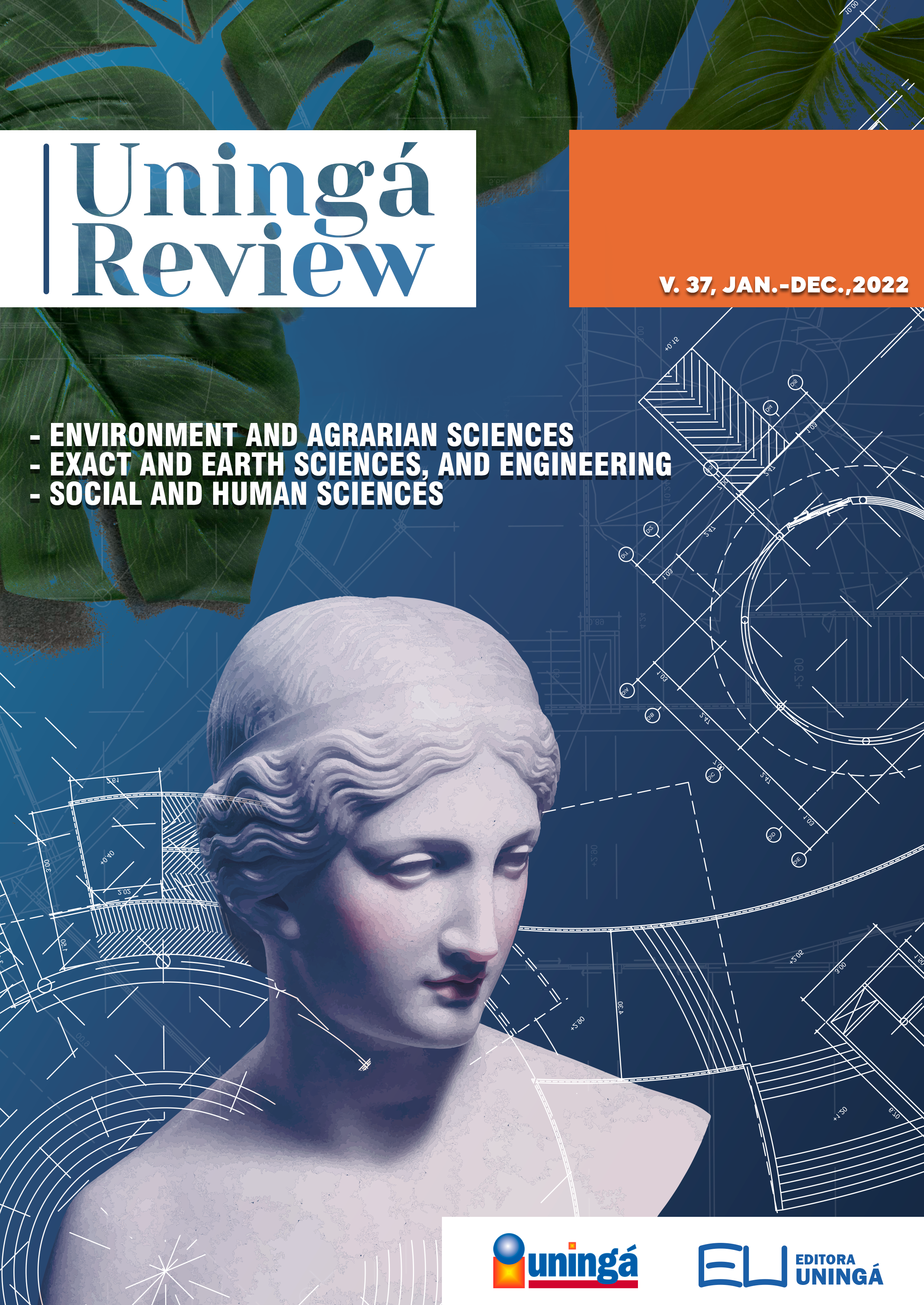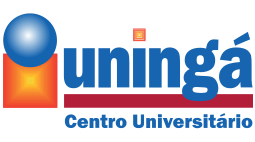Contribution of ovitrap in the control of the Aedes aegypti vector and reduction of dengue cases in the municipality of Ibirité in Minas Gerais
DOI:
https://doi.org/10.46311/2178-2571.37.eURJ4418Keywords:
Aedes aegypti, arbovirus, epidemiologyAbstract
Controlling the vector population in the environment may contribute to reducing the clinical dengue cases. This study aimed to evaluate the use of ovitraps to monitor the entomological indices of A. aegypti and verify if the traps contribute to reducing dengue cases in Ibirité, MG. The traps were made using a medium plant pot, a wooden pallet, a clip and Saccharomyces cerevisiae. It was installed one trap every 15 days and, over three years (2019, 2020, 2021), resulted in 32 traps, distributed in the houses of 12 districts of Ibirité. After seven days of permanence, they were collected for eggs counting. A total of 60.433 eggs of A. aegypti were included in the Municipality, with the highest number observed in the Durval de Barros neighborhood. In 2019, 13.455 eggs were captured from January and May and between September and December. The IPO in the neighborhoods ranged from 9% to 54%, with the IDO ranging from 2 to 45 eggs. In 2020, 17.301 eggs were recorded, mainly from January to March and between October and December. The IPO in the neighborhoods ranged from 36% to 90% with the IDO ranging from 19 to 107 eggs. In the year 2021, there were 29,677 eggs between January and November that year, with the highest capture between January and March. The IPO was or higher for the three years of validity (70 to 10%), allowing us to infer that the traps help in the fight against dengue.
Downloads
Downloads
Published
How to Cite
Issue
Section
License
Copyright (c) 2022 Uningá Review

This work is licensed under a Creative Commons Attribution 4.0 International License.
I declare/we declare that the text submitted here is original, of my own authorship and does not infringe any type of third party rights. The content is my/our sole responsibility. Possible research involving animals and/or human beings is in accordance with Resolution 196/96 of the National Health Council and its complements. I declare that I am/we are in possession of the written consent of patients and that the research and its procedures were timely and adequately approved by the Ethics Committee of the institution of origin. We further declare that all institutional affiliations and all sources of financial support for the work are duly informed. I certify that there is no commercial or associative interest that represents a conflict of interest related to the submitted work. If there is commercial interest, in addition to the technical and academic ones, in the publication of the article, the information will be reported during the text.







































